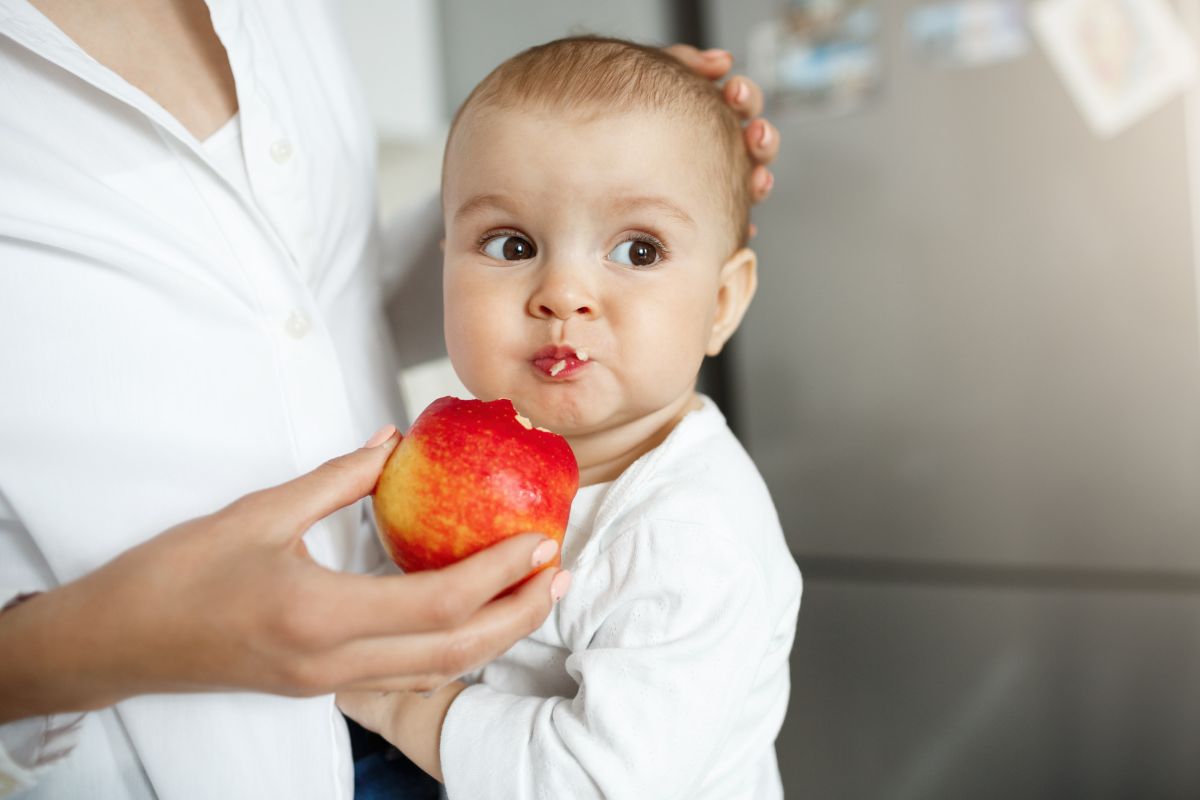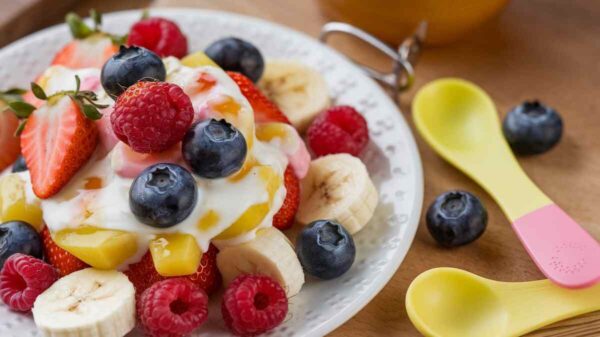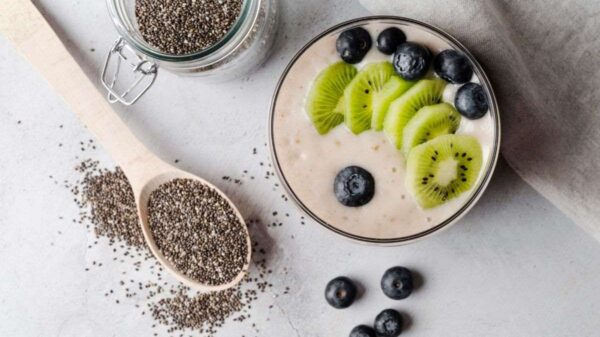Introducing solid foods to babies is essential to their growth and development. One of the best and most nutritious options is apple baby food. Apples are naturally sweet, easy to digest, and packed with nutrients that support a baby’s health. In this guide, we’ll explore the nutritional benefits of apple baby food, how to prepare it at home, and creative serving ideas to keep your little one happy and healthy.
Nutritional Benefits of Apple Baby Food
1. Rich in Essential Vitamins
Apples are a great source of Vitamin C, an essential nutrient that supports a baby’s immune system and aids in iron absorption. Including apples in your baby’s diet helps strengthen their defenses against common illnesses while promoting overall well-being.
2. High in Fiber for Healthy Digestion
The fiber in apples plays a crucial role in promoting digestive health. Babies transitioning to solid foods often experience constipation, and apple baby food provides a gentle, natural solution to regulate bowel movements and support gut health.
3. Natural Sugars for Energy
Unlike processed sugars, the natural sugars in apples offer a quick and healthy energy source. These sugars also contain additional vitamins and minerals, making them ideal for keeping your baby active and nourished.
4. Packed with Antioxidants
Apples contain powerful antioxidants like flavonoids and polyphenols, which protect developing cells from damage. These compounds support the immune system and contribute to a baby’s health and growth.
5. Easy to Digest
Apple baby food is gentle on the stomach, making it a perfect choice for a baby’s first solid food. Its soft texture and mild taste ensure a smooth change from breast milk or formula to solid foods.
How to Choose the Right Apples for Baby Food
1. Organic vs. Conventional Apples
- Organic Apples: Grown without synthetic pesticides, making them a safer choice for babies. Organic apples often have higher nutrient content.
- Conventional Apples: These are more affordable and widely available but may contain pesticide residues. If using conventional apples, wash and peel them thoroughly to minimize chemical exposure.
2. Prioritize Freshness and Quality
Choose firm, brightly colored apples that are free of bruises or blemishes. Fresh, in-season apples provide your baby with the best flavor and highest nutrient content.
3. Best Apple Varieties for Baby Food
Sweet varieties like Fuji, Gala, Honeycrisp, and Golden Delicious are ideal because they require little to no added sweeteners. Their naturally mild flavors make them easy for babies to accept.
How to Prepare Homemade Apple Baby Food
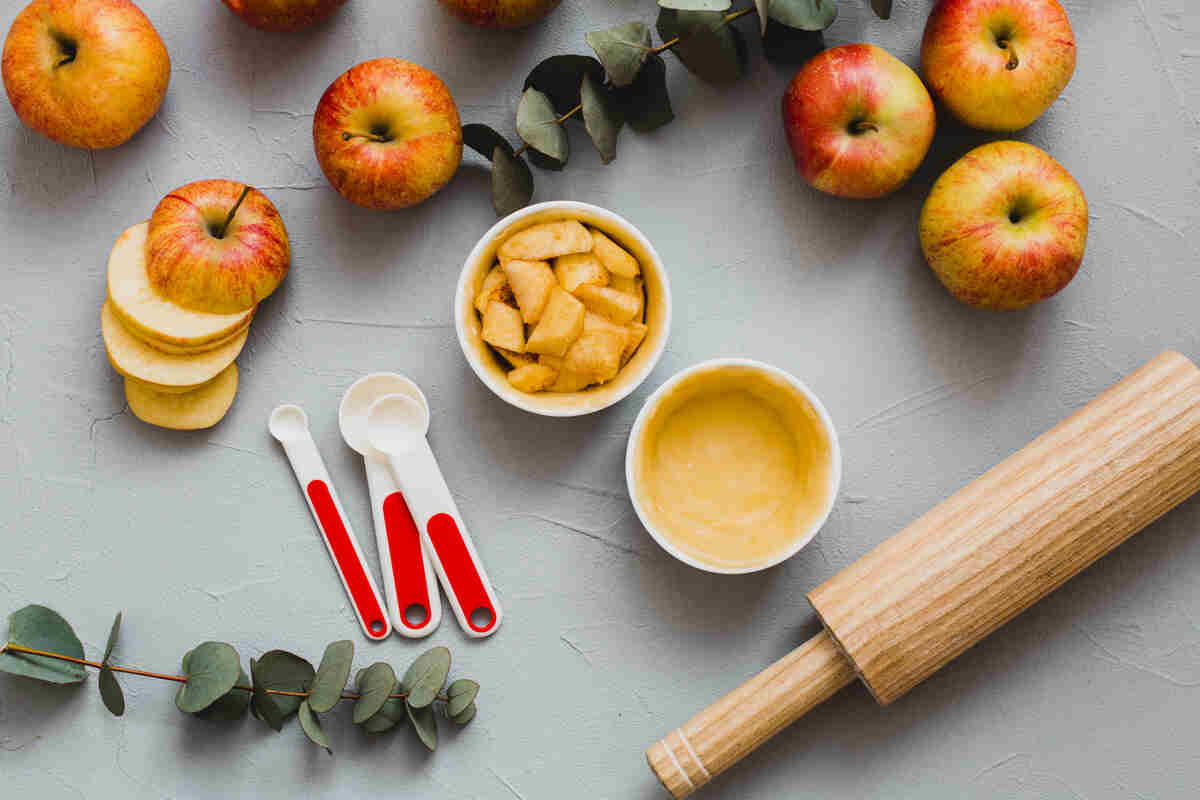
Making apple baby food at home is simple and ensures your baby gets the best nutrients without preservatives or artificial ingredients.
Ingredients:
- 2-3 fresh apples
- Water (for steaming)
Instructions:
- Peel and Core the Apples: Release the skin and seeds to ensure a smooth texture.
- Chop into Small Pieces: Cut the apples into uniform chips for even cooking.
- Steam the Apples: Place the apple pieces in a steamer and cook until they become soft and fork-tender.
- Mash or Blend: Use a fork for a chunkier texture or blend for a smooth puree.
- Adjust Consistency: Add water or breast milk to reach the desired consistency.
- Cool Before Serving: Ensure the puree is at a safe temperature before feeding your baby.
Creative Ways to Serve Apple Baby Food
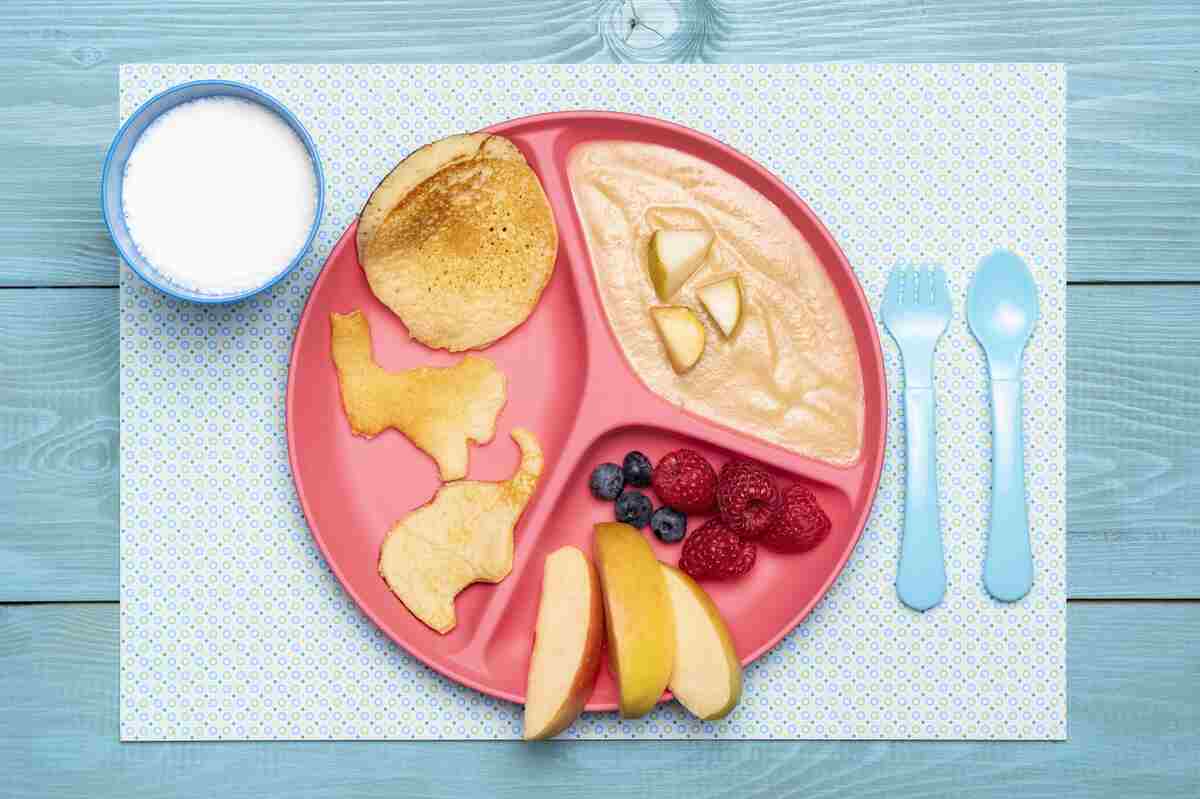
1. Plain Apple Puree
Start by offering your baby plain apple puree to help them get familiar with its taste and texture.
2. Apple and Other Fruit Blends
Mix apple puree with banana, pear, or peach puree for variety and additional nutrients.
3. Yogurt and Apple Puree Mix
Combine apple puree with plain yogurt to introduce probiotics, supporting digestive health.
4. Apple-Infused Oatmeal
Stir apple puree into baby oatmeal for a wholesome, naturally sweet meal.
5. Apple and Cinnamon Mash
For older babies, a dash of cinnamon adds a new dimension of flavor, making meals more exciting.
6. Baby-Led Weaning Option
For babies exploring self-feeding, serve soft, bite-sized apple chunks. Ensure the pieces are small and smooth to prevent choking.
7. Freezing Apple Puree for Teething Relief
Freeze apple puree in small portions to create a soothing treat for teething babies.
Storage Tips for Apple Baby Food
- Refrigeration: Store fresh apple puree in an airtight container for up to 3 days.
- Freezing: Freeze in ice cube trays and transfer cubes to a freezer pack for up to 3 months.
- Reheating: Warm up frozen puree by placing it in a heatproof bowl over hot water.
Conclusion
Apple baby food is a nutritious, versatile, and delicious addition to your baby’s diet. Apples make an excellent first food with its rich vitamin content, digestive benefits, and natural sweetness. Parents can ensure their little ones receive wholesome, preservative-free nourishment by preparing homemade apple baby food. Constantly monitor your baby’s reactions when introducing new foods and consult a pediatrician for personalized advice.

